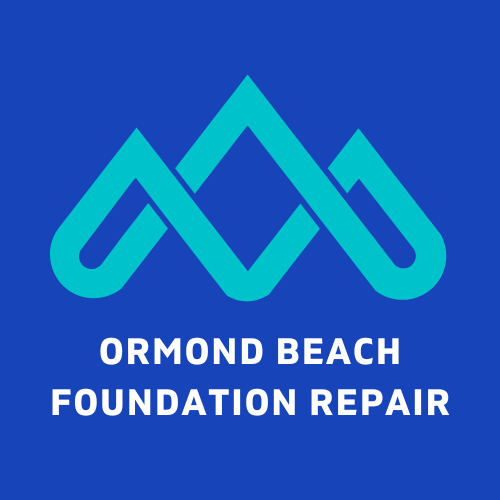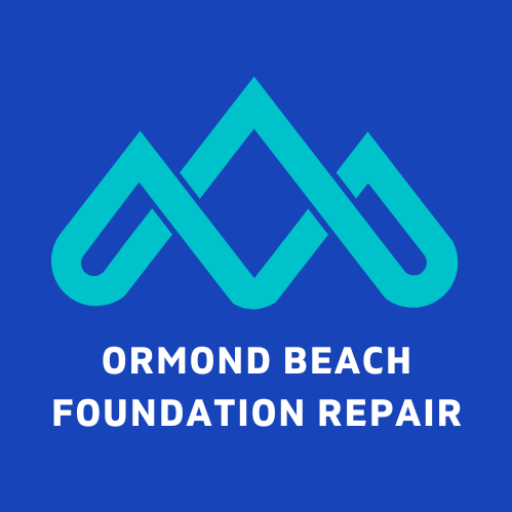Soil Stabilization in Ormond Beach, FL
Is your property in Ormond Beach, FL, experiencing challenges related to soil instability, erosion, or foundation settlement? Don’t let these issues compromise the integrity and safety of your structure. At Ormond Beach Foundation Repair, we specialize in professional soil stabilization services tailored to address a variety of soil-related challenges in Ormond Beach, FL, and its surrounding areas.
- Financing Option
- Lifetime Warranty
- Free Estimates
- Upfront Pricing
See Why Our Customers From Ormond Beach Loves Us!
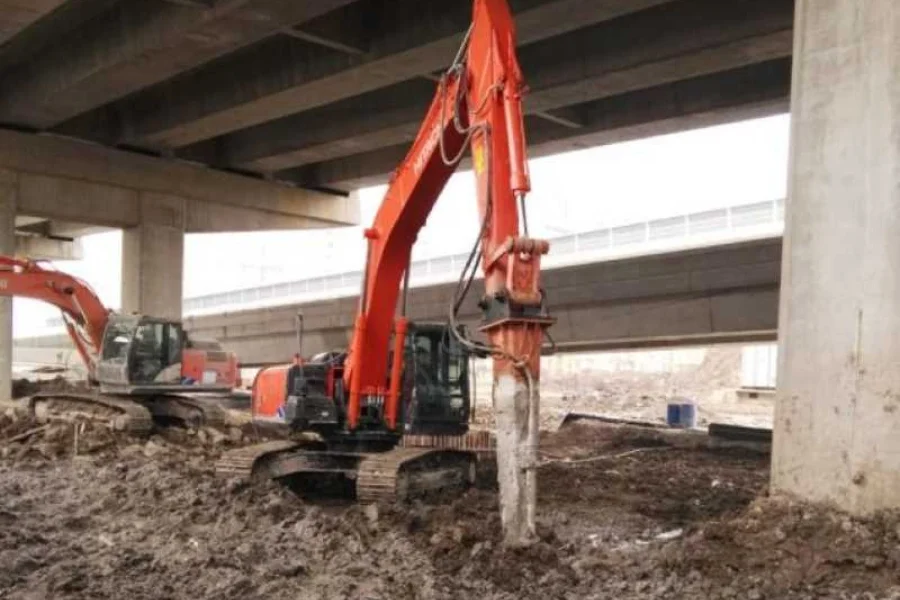
About Ormond Beach Foundation Repair
Ormond Beach Foundation Repair is the premier provider of foundation repair services in Ormond Beach, FL. With a team of highly skilled professionals and a dedication to superior craftsmanship, we have earned a reputation for delivering exceptional results and exceeding our clients’ expectations. As a locally owned and operated company, we understand the unique challenges faced by properties in Ormond Beach, allowing us to tailor our solutions to meet the specific needs of our clients. Whether you’re dealing with cracks, settlement, or other foundation issues, you can rely on Ormond Beach Foundation Repair for reliable, long-lasting solutions that stand the test of time.
Services We Offer:
What is Soil Stabilization?
Soil stabilization is a process aimed at improving the engineering properties of soil to enhance its load-bearing capacity, reduce settlement, and mitigate erosion. This technique involves the application of various materials, additives, or mechanical methods to strengthen and stabilize the soil, providing a solid foundation for structures and infrastructure. Soil stabilization is essential for preventing foundation issues, ensuring the longevity and stability of buildings, roads, and other structures built on unstable or problematic soil conditions.
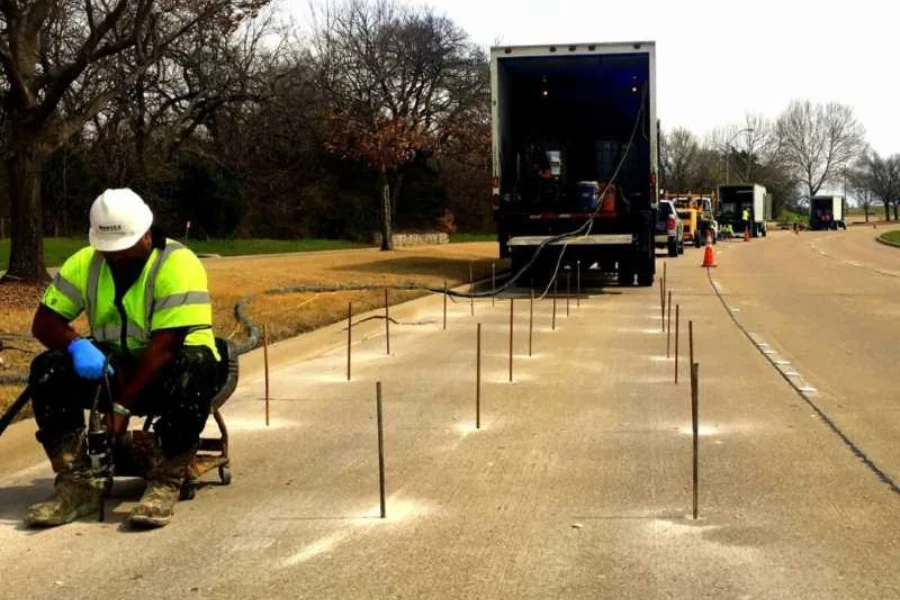
Reasons Your Property Needs Soil Stabilization
Prevents Foundation Settlement
Unstable soil conditions can provoke substantial foundation settlement, potentially leading to severe structural damage and safety hazards. When the soil beneath a structure lacks adequate stability, it can compress or shift over time, causing the foundation to settle unevenly. This settlement can result in cracks in walls, floors, or ceilings, as well as misalignments in doors and windows. By bolstering the load-bearing capacity of the soil through stabilization techniques, such as compaction or reinforcement, soil stabilization actively impedes settlement, thereby safeguarding the stability and structural integrity of buildings and infrastructure for the long term.
Mitigates Soil Erosion
Erosion constitutes a formidable threat to both soil stability and structural integrity, necessitating proactive measures to mitigate its deleterious effects. Soil erosion occurs when wind, water, or other environmental factors displace soil particles, leading to the loss of fertile topsoil and undermining the stability of the ground. Employing soil stabilization techniques can effectively curtail soil erosion by creating a protective layer that shields the soil from erosive forces. This protective layer may consist of erosion control blankets, geotextiles, or vegetative cover, which help anchor the soil in place and prevent it from being washed or blown away.
Enhances Structural Stability
The stabilization of soil beneath structures is paramount for fortifying their stability and longevity, substantially mitigating the risks of structural damage or failure stemming from settlement, erosion, and environmental factors. A solid foundation is essential for supporting the weight of buildings, roads, bridges, and other infrastructure, distributing loads evenly and minimizing stress on structural components. By establishing a robust foundation through soil stabilization techniques, such as compaction, reinforcement, or chemical stabilization, soil stabilization ensures that buildings, roads, and other infrastructure can weather the effects of time and environmental pressures.
Improves Soil Bearing Capacity
Strengthening the soil via stabilization techniques significantly amplifies its bearing capacity, empowering it to shoulder heavier loads without succumbing to settlement or deformation. Soil bearing capacity refers to the maximum load that the soil can support without experiencing excessive settlement or failure. In construction projects, where heavy structures or equipment are involved, it’s crucial to ensure that the underlying soil can withstand the imposed loads without compromising stability.
Incorporating soil stabilization measures into property development and maintenance plans can yield significant benefits in terms of stability, safety, and longevity. Whether it’s preventing foundation settlement, mitigating soil erosion, enhancing structural stability, or improving soil bearing capacity, soil stabilization plays a crucial role in preserving the integrity of the built environment and ensuring the long-term performance of structures and infrastructure.
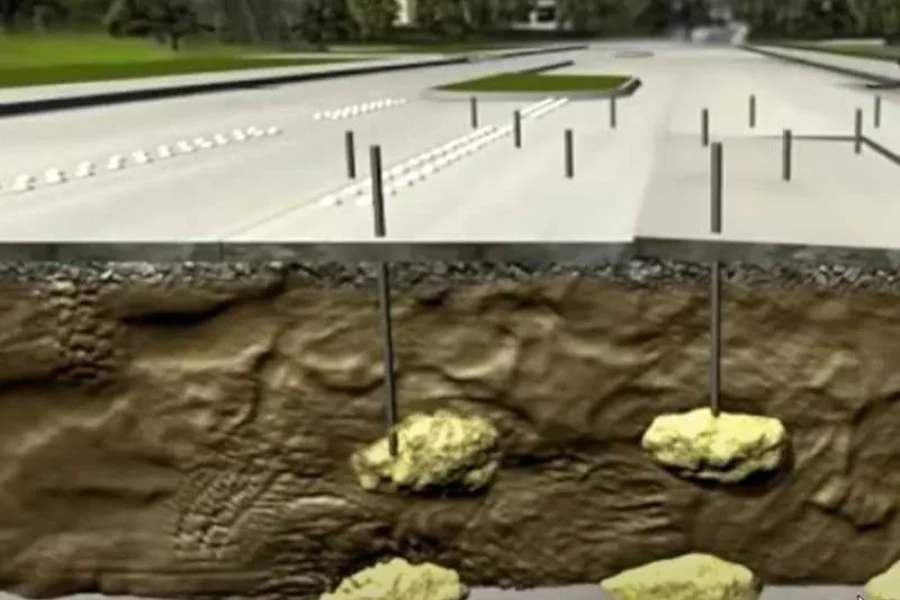
Ways to Prevent the Need for Soil Stabilization
- Proper Site Preparation: Establishing stable soil conditions begins with thorough site preparation, encompassing essential tasks such as grading, compaction, and implementing effective drainage measures. By meticulously preparing the site before construction commences, property owners can minimize soil instability and erosion risks, laying a robust foundation for future development.
- Vegetation Management: Employing effective vegetation management strategies can play a pivotal role in stabilizing soil and mitigating erosion. Planting native vegetation, installing erosion control blankets, or establishing vegetative buffers are proactive measures that bolster soil stability, minimize erosion risks, and promote the establishment of stable ground cover. These strategies create a protective layer that shields the soil from the erosive forces of wind and water, preserving its integrity and reducing the likelihood of soil-related issues.
- Drainage Improvement: Optimal drainage design and maintenance are indispensable for managing water runoff and preventing soil saturation, both of which can contribute to soil instability and erosion. Installing drainage systems such as French drains, swales, or retention ponds effectively redirects water away from structures, preventing soil erosion and saturation. By enhancing drainage infrastructure and implementing regular maintenance practices, property owners can safeguard against soil-related issues, minimizing the need for costly soil stabilization measures in the future.
- Structural Design Considerations: Architects and engineers can integrate soil stabilization measures into the design of structures to preemptively address potential soil-related challenges. Techniques such as deep foundations, soil reinforcement, or flexible pavement design can bolster the structural integrity of buildings, roads, and other infrastructure on problematic soil types. By incorporating soil stabilization strategies during the design phase, property owners can mitigate the risk of future soil-related issues, ensuring the long-term stability and reliability of their projects.
Services Included in Soil Stabilization
- Thorough Site Evaluation: Our team conducts an in-depth assessment of the site, considering factors such as soil composition, moisture content, and existing stability issues. By comprehensively evaluating soil conditions, we gain insights into the underlying challenges and determine the most appropriate stabilization strategies. This initial evaluation is crucial for identifying potential risks and developing a tailored approach to soil stabilization that addresses the specific needs of each project.
- Comprehensive Soil Testing and Analysis: Utilizing advanced soil testing techniques, we analyze key soil properties, including density, strength, and permeability. Through precise soil analysis, we identify the specific characteristics of the soil and assess its suitability for stabilization. This thorough analysis guides our selection of stabilization methods and materials tailored to the unique needs of each project. By understanding the soil’s properties and behavior, we can effectively design stabilization treatments that optimize soil stability and strength.
- Tailored Stabilization Treatment: Building upon the findings from site evaluation and soil analysis, we develop customized stabilization treatments designed to address identified soil challenges effectively. Whether it’s soil compaction, chemical stabilization, or mechanical reinforcement, our team implements targeted solutions to enhance soil stability and strength. By tailoring stabilization treatments to the specific conditions and requirements of each site, we ensure optimal results and long-term stability for structures and infrastructure.
- Integrated Erosion Control Measures: In addition to soil stabilization, we recognize the importance of implementing erosion control measures to safeguard against soil erosion and prevent further instability. Our integrated approach includes the implementation of erosion control blankets, vegetative cover, or structural reinforcements to protect the soil and preserve its integrity. By combining soil stabilization with erosion control measures, we ensure comprehensive protection for the site and minimize the risk of soil-related issues.
Alternatives for Soil Stabilization
- Deep Soil Mixing: This method involves mechanically blending soil with stabilizing agents, such as cement or lime, to improve its strength and stability. By thoroughly mixing the soil and additives, deep soil mixing creates a homogenous and stable foundation suitable for structures. It’s particularly effective for addressing soft or loose soils where conventional stabilization methods may be impractical or insufficient.
- Grouting: Grouting involves the injection of specialized grout materials, such as cementitious or chemical grouts, into the soil to fill voids, stabilize loose soil, or improve soil properties. Different grouting techniques, including permeation grouting, compaction grouting, or jet grouting, may be used depending on the project requirements. Grouting effectively reinforces soil and creates a solid foundation, enhancing its load-bearing capacity and stability.
- Mechanical Compaction: Mechanical compaction techniques, such as vibro-compaction or dynamic compaction, involve the use of heavy machinery to densify loose or granular soils. By applying dynamic forces to the soil, mechanical compaction increases soil density and compacts the particles, improving their load-bearing capacity and stability. This method is commonly used to stabilize soil for foundations, embankments, and infrastructure projects.
- Geosynthetics: Geosynthetic materials, including geotextiles, geogrids, and geomembranes, offer innovative solutions for soil stabilization and erosion control. These synthetic materials are designed to reinforce soil, control erosion, and enhance stability in various applications. Geosynthetics can be used alone or in combination with other stabilization techniques to create durable and cost-effective solutions for soil-related challenges. Whether it’s reinforcing slopes, stabilizing embankments, or controlling erosion, geosynthetics provide versatility and reliability for soil stabilization projects.
Searching for Soil Stabilization Near Me? Contact Us Today!
If you’re in need of professional soil stabilization services for your property in Ormond Beach, FL, look no further than Ormond Beach Foundation Repair. Contact us today to schedule a consultation and learn how our experienced team can address your soil-related challenges effectively. With our expertise and commitment to quality, you can trust us to deliver solutions tailored to your specific needs, ensuring the stability and longevity of your property.
Frequently Asked Questions (FAQs)
Frequently Asked Questions About Ormond Beach Soil Stabilization
Soil stabilization treatments are designed to provide long-lasting results, but the duration can vary depending on factors such as the chosen stabilization method, soil conditions, and environmental factors. In general, properly executed soil stabilization treatments can ensure the stability and durability of the treated soil for many years. Our team at Ormond Beach Foundation Repair utilizes high-quality materials and proven techniques to ensure that soil stabilization treatments withstand the test of time, providing reliable performance and peace of mind for property owners.
Soil stabilization treatments are tailored to minimize disruption to your property while effectively addressing soil-related challenges. Depending on the chosen stabilization method, there may be some temporary disruption, such as excavation or equipment operation. However, our team takes measures to minimize disturbance and restore the site to its original condition upon completion of the treatment. We work closely with property owners to plan and execute soil stabilization treatments with minimal inconvenience, ensuring a smooth and efficient process from start to finish.
The timeline for resuming normal activities on stabilized soil depends on various factors, including the chosen stabilization method, soil conditions, and curing time. In most cases, stabilized soil can support light to moderate loads shortly after treatment, allowing for activities such as pedestrian traffic or landscaping. However, it’s essential to follow any specific guidelines provided by our team to ensure the best results and longevity of the stabilization treatment. Our experts can provide detailed instructions and recommendations tailored to your project’s requirements, allowing you to resume normal activities safely and efficiently.
Soil stabilization is an effective proactive measure for preventing future soil-related challenges such as erosion, settlement, and instability. By improving soil strength and stability, soil stabilization treatments help mitigate the risk of future soil movement or erosion, reducing the likelihood of costly damage to structures and infrastructure. Implementing soil stabilization as part of a comprehensive maintenance plan can prolong the lifespan of your property and minimize the need for reactive repairs in the future, saving you time and money in the long run.
Areas We Serve in Ormond Beach, Florida

